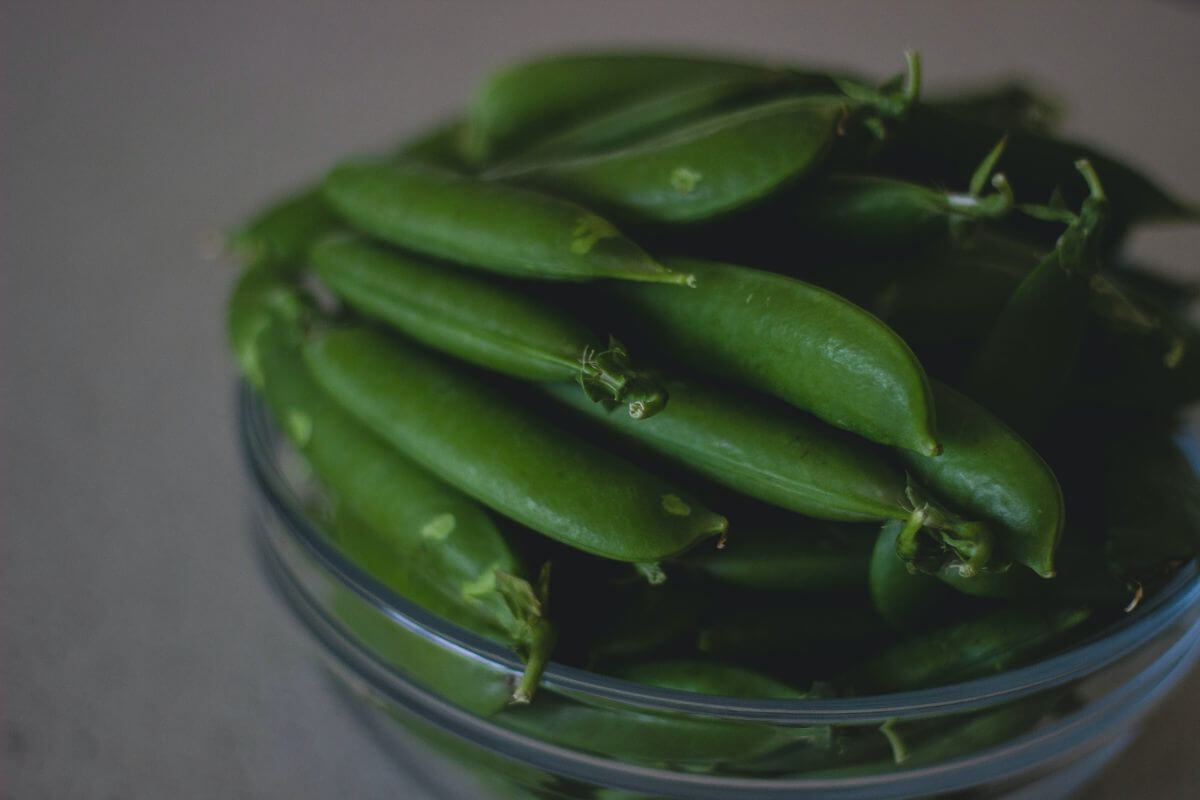Are Pole Beans the Same as Green Beans? Unraveling the Climbing Confusion
As a home gardener you’ve likely come across the terms “pole beans” and “green beans” before. But it can be confusing trying to discern if these labels refer to the same type of bean or not. While related, pole beans and green beans are actually different types of Phaseolus vulgaris beans.
In this article, we’ll clarify the key distinctions between pole beans vs green beans including
- Growth habits and appearance
- Preferred growing conditions
- Flavor profiles and texture
- Nutritional values
- Common varieties
- Ideal culinary uses
Understanding the unique attributes of each will help you pick the right bean for your gardening needs and cooking preferences. Let’s climb up and get picking!
Pole Beans: The Climbing Bean
Pole beans are named for their growing habit of climbing tall supports or trellises using curling tendrils. Other distinguishing features include:
-
Height – Climbing vines grow 6-9 feet tall.
-
Pods – Hang vertically on vines and can reach 6 inches long.
-
Yields – Keep producing pods all season long.
-
Heat/sun tolerance – Thrive in hot summer conditions.
Popular pole bean varieties are Blue Lake, Kentucky Wonder, Runner, and Scarlet Runner. Their pods are generally eaten fresh or briefly cooked.
Green Beans: The Bushy Bean
In contrast to pole beans, green beans grow as compact, bushy plants close to the ground. Identifying traits are:
-
Height – Bushy plants grow 2 feet tall maximum.
-
Pods – Cluster around base of plant, 3-6 inches long.
-
Yields – Produce heavily for a few weeks.
-
Partial shade tolerance – Do well in cool conditions.
Common green bean varieties are Contender, Provider, and Blue Lake Bush. Most green beans sold canned or frozen are bush varieties. Their pods have a crunchy texture and robust flavor.
So while pole beans and green beans belong to the same species, they have distinct growth habits and culinary uses. But they do share nutritional values and some interchangeable uses once harvested. Let’s dig into those next.
Nutrition and Culinary Uses
Pole beans and green beans are both nutrient-dense:
- Good source of vitamins A, C, K
- Decent source of protein, fiber, folate
- Low calorie at around 30 per cup
And they work well in many of the same recipes:
- Soups, stews, and casseroles
- Sautéed or stir-fried side dishes
- Salads and slaws
- Dips and relishes
- Pickled or marinated bean dishes
So while you can’t swap bush beans directly for pole beans in the garden, you can enjoy their harvested pods similarly. Both provide a healthful, versatile addition to your menu.
Climbing to Clarity
While it’s easy to confuse pole beans and green beans, they are two distinct types of beans. Pole beans are climbing vines yielding tender pods all season. Green beans are bushy plants producing heavily for a short period. Both provide excellent fresh eating and nutrients. So consider your growing space and cooking plans, then pick the bean that suits you best!

Pole Beans vs. Bush Beans Support
Bamboo poles, trellises, half hoops (for a tunnel), and other things will help pole or runner beans grow. , which you should set in place when the shoots are about 4 inches high. To get pole beans to grow in a teepee shape, plant them at the base of at least seven-foot-tall bamboo poles with four to six seeds each. Wrap string around the poles about halfway up so the beans have something to hold on to as they climb. You might have also heard of runner beans, which are more or less pole beans. Bush beans don’t need as much support, they will simply bush out.
Pole Beans vs. Bush Beans When Planting
When it comes to planting pole beans vs. For pole beans and bush beans, plant the seeds 1 to 2 inches below the soil and 2 inches apart. Once the seeds germinate, thin to 6 inches apart for bush beans and 3 inches for pole beans. If planting bush beans in rows, leave 18 inches between rows.
New Trick – Bush Beans Produce all Summer Bush Beans vs Pole Beans – Selecting the right one.
FAQ
What’s another name for pole beans?
Are pole beans good eating?
What’s the difference between green beans and snap beans?
Which tastes better, bush beans or pole beans?
What is the difference between bush beans and pole beans?
And available growing space. So what are the main differences between bush beans and pole beans? Generally, pole beans, particularly scarlet runner beans, thrive in cooler summers, whereas bush beans grow well in moderate to hot summers.
How tall do pole beans grow?
Generally, pole beans, particularly scarlet runner beans, thrive in cooler summers, whereas bush beans grow well in moderate to hot summers. For optimal results, pole beans require at least 72 to 96 inches (183 to 244 cm) tall and sturdy enough to resist strong winds and rain (Source: Clemson University)
Do bush beans grow faster than pole beans?
Bush beans tend to mature faster than pole beans. Most varieties will be ready for harvest about 50 to 60 days after planting. If your goal is to enjoy fresh beans in recipes early in the season, then bush beans are a great choice.
Can you grow bush beans and pole beans together?
Yes, you can grow bush beans and pole beans together. Planting them side-by-side is perfectly fine, and both plants will grow optimally as long as their needs are met. Do Pole Beans Taste The Same As Bush Beans?
